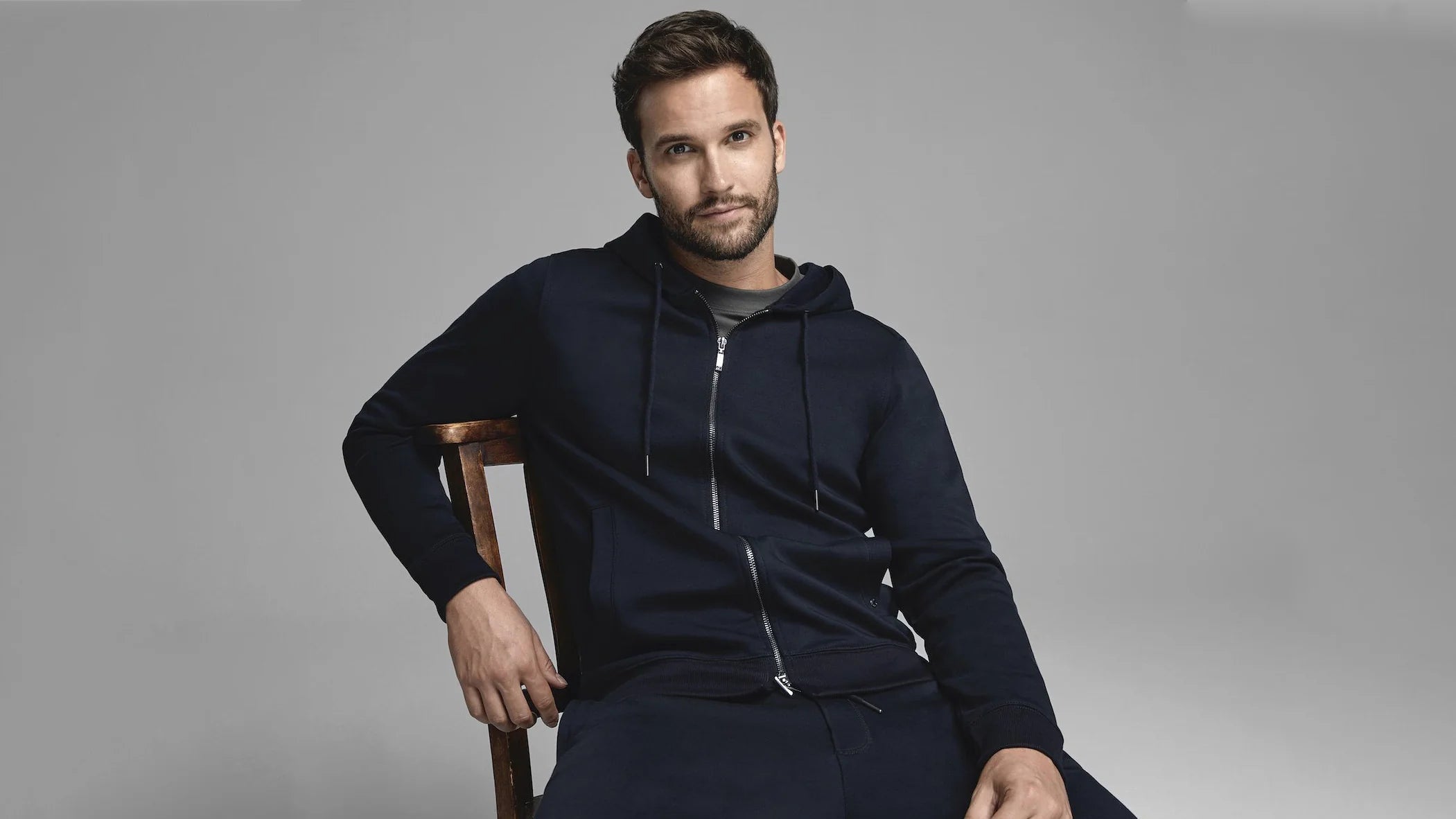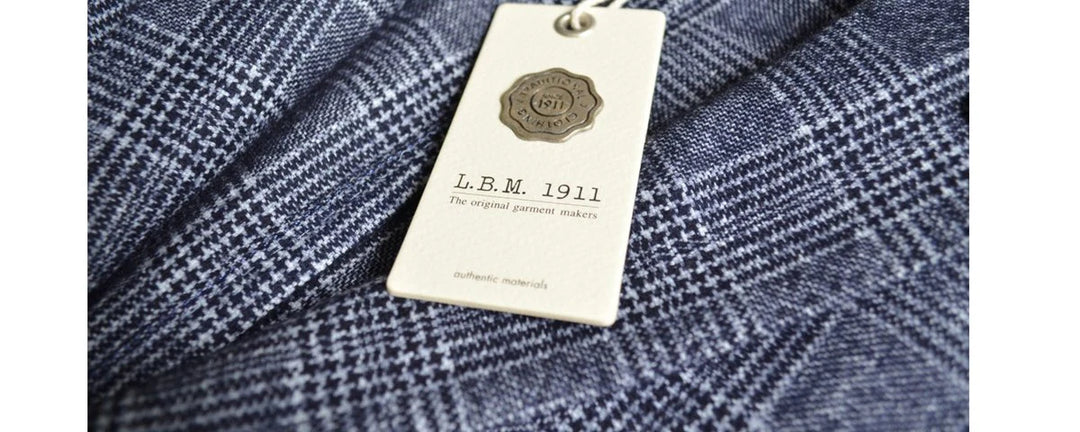The Intimidation Factor
There’s an interesting byproduct of the decline of suit as the corporate uniform. Those who don’t usually wear it can be uncomfortable working with someone who does.“My client wears jeans and a T-shirt, I don’t want to intimidate him.” This is a very common reaction from professionals deciding on wardrobe choices. I see many professionals dressing down to reflect the clients’ standard of dress.
My counsel to them is to elicit the respect they deserve by the way they present both themselves and their service. Naturally, this includes giving serious consideration to how they dress. Present the right image and you will gain your client’s confidence. On the other hand, it’s easy to derail your presentation with the wrong outfit. The objective of a well-chosen outfit should be to lend credibility to the individual and enhance his image, not to draw attention to his clothing. Generally speaking, a more formal style reads as authoritative and decisive, while a more casual style tends to imply creativity and openness.
Ultimately, there’s no single hard-and-fast rule about how to dress - it comes down to your understanding of your business and your client’s expectations. As a culture, we have certain expectations for certain roles - an attorney should look like an attorney, an investment banker should look like an investment banker, and a web designer should look like a web designer. By matching up with what’s expected, the right clothing tells your audience “I’ve paid my dues, I’m successful, and I excel at what I do. Pay attention!” That image, buried in your client’s subconscious, is what gets you their business.
Of course, once you know the rules, you can adapt them to suit your needs. Your intent in projecting your image is not necessarily to intimidate, but to create an atmosphere or evoke a mood. Stark contrasting colors show more power and authority. A classic "power suit" in a dark navy or grey, paired with a white or pale blue shirt and bold tie, will command respect.
Alternatively, if your goal is to appear approachable and collaborative, you may want to try a more relaxed look. Softer, lighter colored suits with more vibrant colors and patterns in the shirt and tie, or an open collar without a tie, will help show off your creativity and relatability.
Again, it all comes down to how well you understand your role and your audience’s expectations. The power of sartorial suggestion should not be underestimated. Use it creatively in the boardroom, on your next client dinner, or with the lady you want to sweep off her feet.
Next time we’ll talk about the sartorial expectations of those working in more creative fields. Subscribe to our RSS feed, or follow us on Facebook and LinkedIn to make sure you don’t miss anything!











